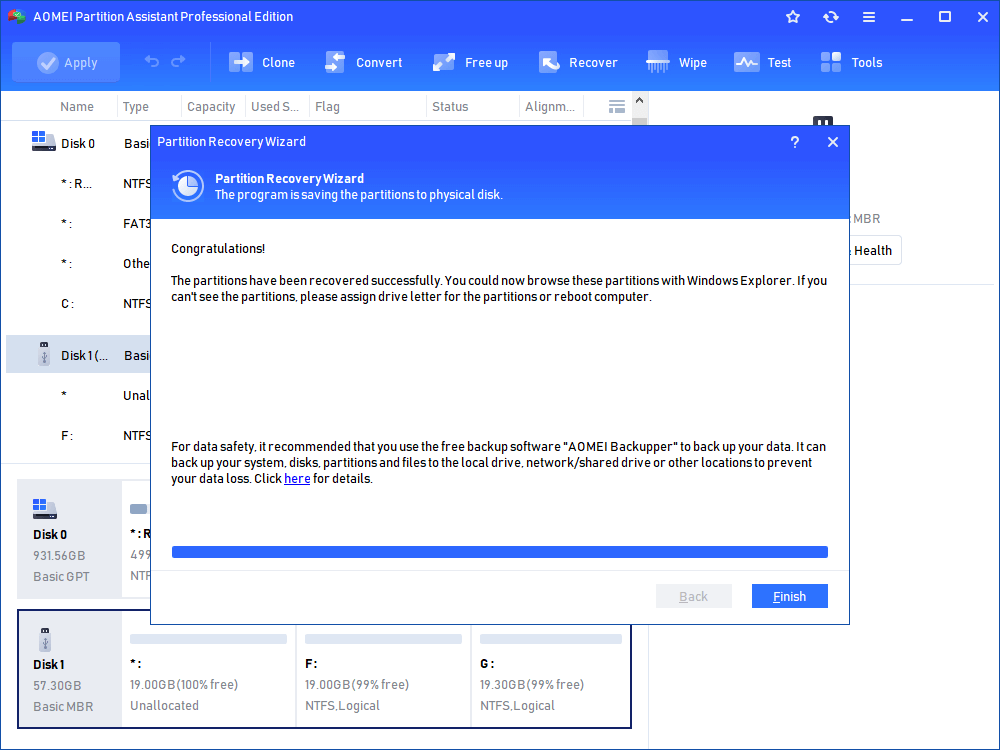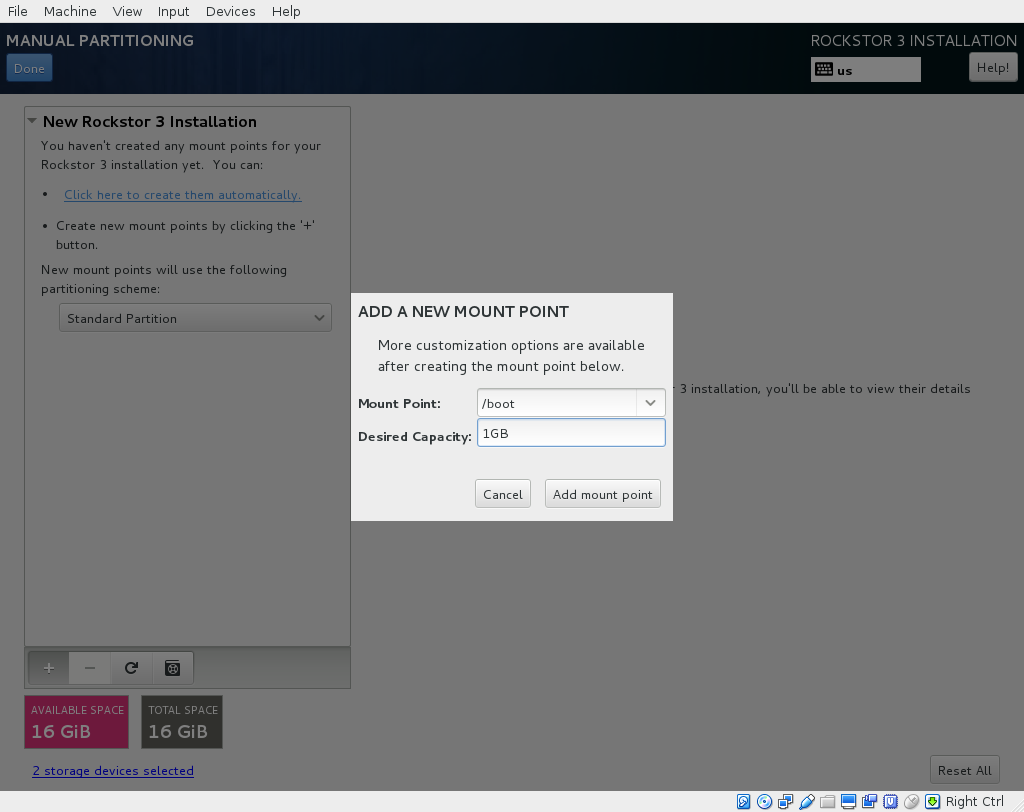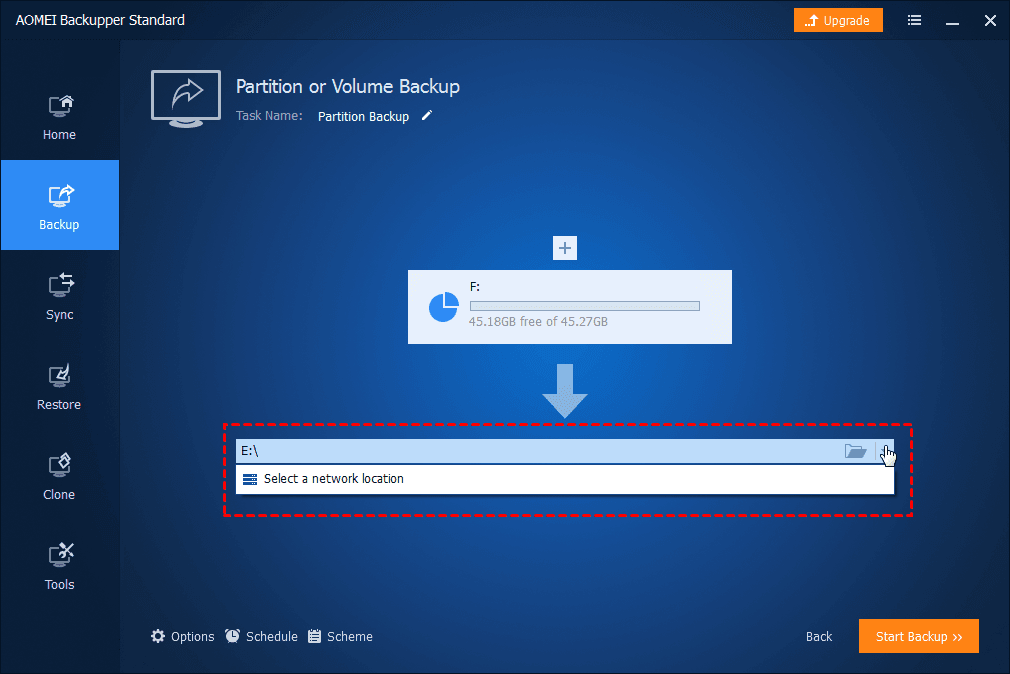

- #CREATE BOOT PARTITION NAS INSTALL#
- #CREATE BOOT PARTITION NAS FULL#
- #CREATE BOOT PARTITION NAS PORTABLE#
- #CREATE BOOT PARTITION NAS CODE#
If you install your Ubuntu with grub-efi-amd64-signed I believe you won't have to turn secure boot off. If you boot the DVD under BIOS while trying to do an EFI install you might get into GPT issues. editĪbout your blank screen, you might have a graphic card that still uses old BIOS functions, try to temporarily enable BIOS compatibility while doing the install, and make sure that you are booting your DVD under UEFI. It is potentially safer to continue partitioning the disk using the same tool that it was started with. If you already have the space available to you on an existing hard drive, or if you’re using the entire space on a second hard drive, you can skip straight to our Creating Your Partitions section. If you deleted everything try to recreate this partitioning scheme under gdisk.Įdit You can also do the partitioning from within Windows Disk Management, shrink the Windows NTFS partition and make the linux partitions, leaving them unformatted and with no assigned letters, then in the Ubuntu installer just assign them their respective mount points, type and format. There are a few reasons you might need to partition a hard drive. There are two options for you when you’re looking to create your shared drive. To shrink you'll have to get gparted installed, otherwise for deletion/creation you can stay within gdisk. If this is the partitioning scheme that you already have, you can leave the first four partitions untouched and either shrink or delete the Windows OS partition to make room for Ubuntu partitions. These short codes are gdisk's internal, in the GPT they have GUID corespondents.


#CREATE BOOT PARTITION NAS CODE#
#CREATE BOOT PARTITION NAS FULL#
Now you have full access to the 1st partition with the Explorer or your favourite file manager. If everything went OK you should see a success message: Now select the 1st partition of your stick (15MB) -> rightclick and select " Change Letter" in the context menu.Ĥ.) Select a desired drive letter and click on " OK".ĥ.) In the lower left pane of the tool click on " Apply" and confirm the pending changes: Partition Wizard will automatically recognize the new drive. the extra.lzma is on the second partition (30MB)ġ.) Download MiniTool Partition Wizard Free Edition (portable):Ģ.) Unzip it and launch the "partitionwizard.exe" with administrative rights.ģ.) Plug in your boot stick.

the grub.cfg is located in the folder "grub" on the first partition (15MB)
#CREATE BOOT PARTITION NAS PORTABLE#
If you want to modify your grub.cfg of your written boot stick or want to access the partitions (adding extra.lzma from you can use a free portable tool.


 0 kommentar(er)
0 kommentar(er)
